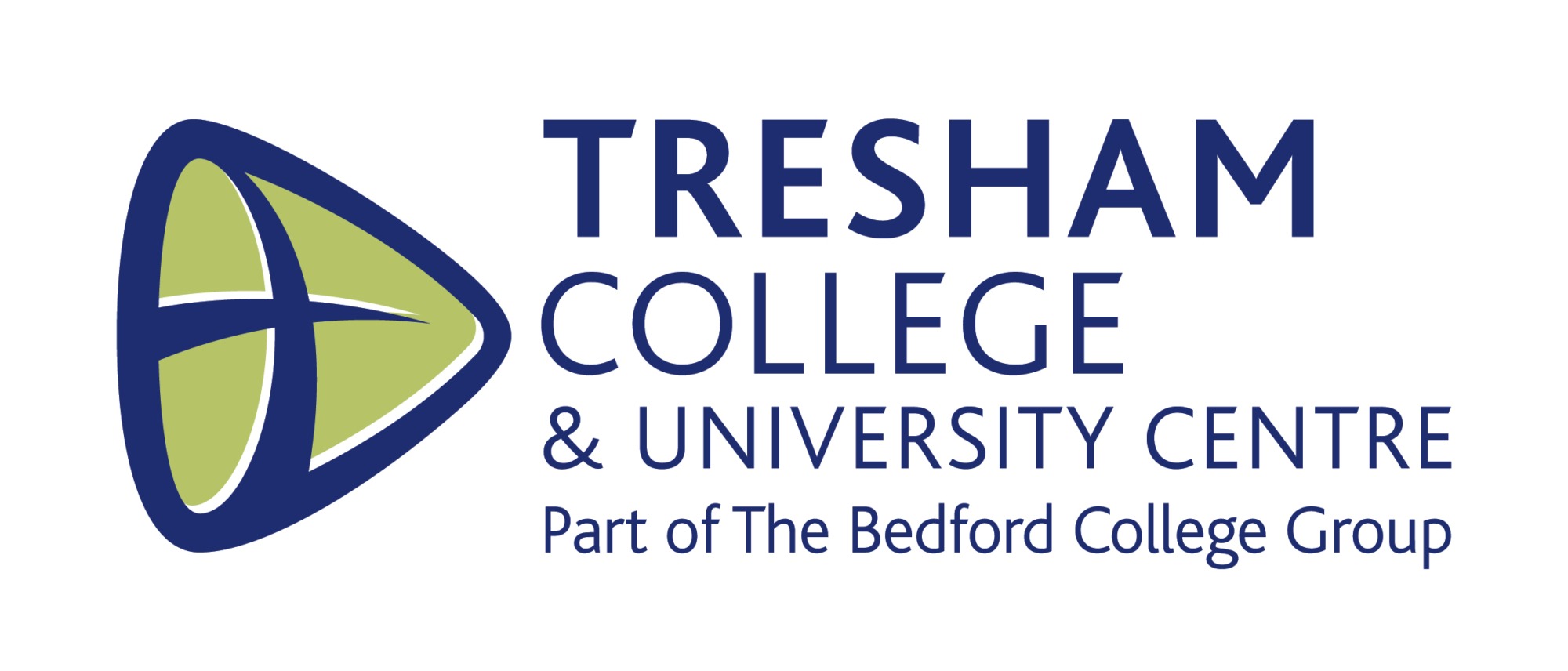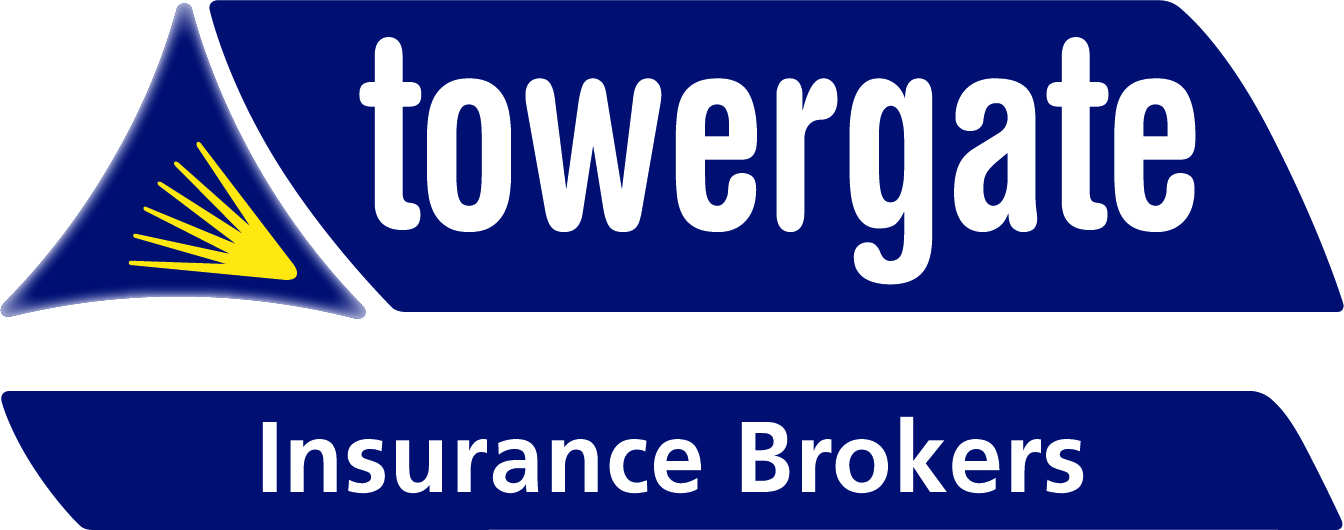

HOW TO AVOID THE POUND COST RAVAGING TRAP
Blogs
Global stock markets have performed poorly this year due to a number of reasons such as the pandemic after effects of huge money creation from so-called quantitative easing and resulting supply chain issues which have been exacerbated by the Russian war in Ukraine, energy, fuel and food price increases as well as high inflation and rapidly rising interest rates. As a result of all of these events stock markets have been extremely volatile. Most investors’ portfolios have fallen in value this year.
If you are reliant on income from your investments then pound cost ravaging certainly affects you.
Negative pound cost averaging, or pound cost ravaging is the effect on your investments of having to cash in increasing amounts, in order to support a withdrawal of a regular amount of income, when stock markets are falling.
So when markets fall in value you suffer the triple blows of falling values, further reductions due to your income withdrawals and a potential fall in your future investment income. This is especially a risk where the investment is recent and you have only just started taking an income from it.
The table below from Quilter illustrates how pound cost ravaging can affect a portfolio badly if the market falls at the start of income withdrawals from an investment. As you can see in both scenarios the annual returns were identical but not in the same order. Portfolio 1 performed far better because it achieved the best returns in the earlier years than Portfolio 2 which performed in the opposite direction.
This is known in financial jargon as sequencing risk, which refers to the sequence of returns when you are taking an income from your investments.

So in practice what can you do to protect your investments?
1. Take only ‘natural’ income from your investments
One strategy is to only withdraw the natural income from your portfolio which is the interest and dividends from your investments. However, this is only likely to be effective if your portfolio has a high level of income.
2. Use up your cash savings before selling investments
If you have surplus cash in your savings which isn’t earmarked for spending over the next few years why not make cash withdrawals from this source instead? Even with the recent rise in interest rates the amount you can earn from cash deposits is still fairly modest.
3. Review your investments
Now may be the right time to review your investments with the goal of switching to higher income producing assets.
4. Stop or alter the size of your income withdrawals if you can
If you can afford to do so it makes sense to either stop taking income withdrawals altogether for a while or at least reduce them.
5. Delay your income withdrawal plans
If you are planning to start relying on your income withdrawals maybe you could delay your plans for a while for example by deferring your retirement.
6. Consider alternatives to income withdrawals from your portfolio
Alternatives to income withdrawals should be considered such as working part-time, starting a side hustle or delaying certain expenditures e.g. home improvements.
7. Buy while prices are depressed
If you are feeling bold and you have spare cash why not buy investments while prices are low? Wealthy people make the most money when the economy is struggling, share prices are low and there is widespread pessimism amongst investors. Be smart like the top investors in the world.
8. Reduce your expenditure
If you can afford to do some belt-tightening for a while this may be a sound strategy. Most of us can defer or reduce expenditure knowing it is not going to be a long-term sacrifice.
One or more of these strategies combined offer sound ways to protect the value of your investment. So if you want to avoid the pound cost ravaging trap you now know what to do. You know it makes sense.*
*Risk warnings
The value of your investment can fall as well as rise and is not guaranteed so you may not get back the full amount you invested. The contents of this blog are for information purposes only and do not constitute individual advice. You should always seek professional advice from a specialist. All information is based on our current understanding of taxation, legislation, regulations and case law in the current tax year. Any levels and bases of relief from taxation are subject to change. Tax treatment is based on individual circumstances and may be subject to change in the future. This blog is based on my own observations and opinions.
Tony Byrne
Chartered and Certified Financial Planner
Managing Director of Wealth and Tax Management
If you are looking for expert guidance in Financial Planning contact Wealth and Tax Management on 01908 523740 or email wealth@wealthandtax.co.uk


















